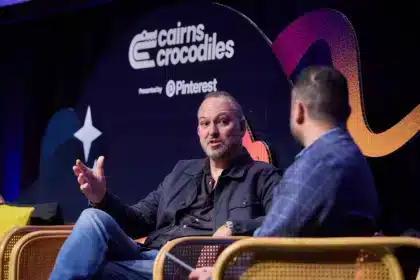If you go to share this article with your followers on your business’s social pages, hardly anyone is going to see it. Organic reach on Twitter and Facebook is continuing to plummet as these channels attempt to monetise and change their algorithms. Basically, they’re now requiring that brands pay to reach their fans, writes Livefyre’s Jordan Kretchmer.
According to a recent study by Forrester Research, the average Facebook post from a large brand will reach just 2% of that brand’s followers, and less than .01% of the audience will engage with that content.
The time has come for social media marketers to refocus and control their owned channels. Gone are the days when it was worth investing quality content and energy accumulating thousands of likes and followers on social networks. You used to be able to more or less rely on Facebook and Twitter to generate chatter, increase brand awareness, and engage users to share your content. And it used to be free.
But it’s not free anymore. In 2014, Facebook revealed that its average ad price went up 123% from the previous year. The reality is, unpaid social media marketing is a myth and there is a persisting illusion amongst some marketers that they have control over these channels. As the old adage goes – if it sounds too good to be true, then it probably is.
Facebook and Twitter can be valuable distribution channels, and an important part of the marketing mix, but it’s important to understand their limitations. Firstly, although it’s free to create a page and gather as many likes as you can, there’s only so much you can achieve before you have to start paying for the privilege. These social networks have the right to change their reach algorithms or payment methods at their discretion.
Secondly, Forrester found that visiting a company’s website is the number one way fans prefer to stay in touch with the brands they love, outranking Facebook all the way down at number five.
External websites that have become reliant on the Facebook and Twitter traffic model will be the ones most in danger of being left behind. While their Facebook pages are brimming with exciting, yet unseen content, their website may be neglected – at a high cost to community interaction.
However, there are multiple ways that social marketers can adapt their thinking to take advantage of this newly sustainable era. It all begins with changing the way you think of these different channels.
My key tip is to divide your various social and marketing outputs into ‘leased’ and ‘owned’ channels. Whenever you outsource your material, photos, or engagement strategies through Twitter, Instagram or Facebook, you are essentially reassigning control of that content and who gets to see it to a leased channel.
If you begin thinking of Facebook just like any other business – answering to their shareholders, concerned with their own bottom line, with a set of editorial and branding policies that are completely out of your control – you will begin feeling newly empowered by your owned channels… the networks you can control.
A well-designed, diverse, and socially-integrated website can offer so much more than traditional social networks. It works to increase engagement, boost customer loyalty, and encourage people to always come back for more.
By shifting focus to their owned properties, marketers can utilise resources such as their website, blog, and mobile app and transform them into social hubs for their communities. Instead of spending time stressing that Facebook will change its algorithm (again), or that your tweets are getting buried in the feed, you can fully measure, monitor, and engage a community within a structure that you own, and a set of rules that you’ve established.
This is a call to action to show your owned channels some love and understand that all-important difference between what you do and don’t control. Through understanding this crucial distinction, you can reconsider your ROI, and re-evaluate your social media investments in order to get maximum reach and engagement out of your content.
Jordan Kretchmer, CEO and Founder of real-time social curation company Livefyre.








